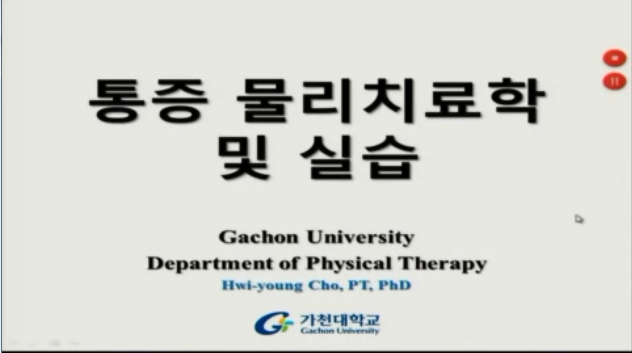Background: Several nerve blocks can reduce the incidence of postherpetic neuralgia (PHN) as well as relieve acute zoster-related pain, but the long-term outcome of PHN has not been clearly determined. This study investigated the efficacy of selective...
http://chineseinput.net/에서 pinyin(병음)방식으로 중국어를 변환할 수 있습니다.
변환된 중국어를 복사하여 사용하시면 됩니다.
- 中文 을 입력하시려면 zhongwen을 입력하시고 space를누르시면됩니다.
- 北京 을 입력하시려면 beijing을 입력하시고 space를 누르시면 됩니다.



The efficacy of selective nerve root block for the long-term outcome of postherpetic neuralgia
한글로보기https://www.riss.kr/link?id=A106282408
- 저자
- 발행기관
- 학술지명
- 권호사항
-
발행연도
2019
-
작성언어
English
-
주제어
Follow-Up Studies ; Ganglia ; Spinal ; Herpes Zoster ; Incidence ; Logistic Models ; Nerve Block ; Neuralgia ; Postherpetic ; Pain
-
등재정보
SCOPUS,KCI등재,SCIE
-
자료형태
학술저널
- 발행기관 URL
-
수록면
215-222(8쪽)
- 제공처
-
0
상세조회 -
0
다운로드
부가정보
다국어 초록 (Multilingual Abstract)
Background: Several nerve blocks can reduce the incidence of postherpetic neuralgia (PHN) as well as relieve acute zoster-related pain, but the long-term outcome of PHN has not been clearly determined. This study investigated the efficacy of selective nerve root block (SNRB) for herpes zoster (HZ) on the long-term outcome of PHN. Methods: We prospectively conducted an interview of patients who had undergone an SNRB for HZ from January 2006 to December 2016 to evaluate their long-term PHN status. The relationship between the time from HZ onset to the first SNRB and the long-term outcome of PHN was investigated. Results: The data of 67 patients were collected. The patients were allocated to acute ($SNRB{\leq}14days$, n = 16) or subacute (SNRB > 14 days, n = 51) groups. The proportions of cured patients were 62.5% and 25.5% in the acute and subacute groups (P = 0.007), respectively. In logistic regression, an SNRB >14 days was the significant predictor of PHN (adjusted odd ratio, 3.89; 95% confidence interval, 1.02-14.93; P = 0.047). Kaplan-Meier analysis revealed that time from the SNRB to the cure of PHN was significantly shorter in the acute group ($2.4{\pm}0.7yr$) than in the subacute group ($5.0{\pm}0.4yr$; P = 0.003). Conclusions: An early SNRB during the acute stage of HZ (within 14 days) appears to decrease the incidence and shorten the duration of PHN, with a median of 5.0 years of follow-up.
동일학술지(권/호) 다른 논문
-
Artemisinin and the Nobel Prize in physiology or medicine 2015
- The Korean Pain Society
- Park, Jong Yeon
- 2019
- SCOPUS,KCI등재,SCIE
-
Lumbar foraminal neuropathy: an update on non-surgical management
- The Korean Pain Society
- Choi, Young Kook
- 2019
- SCOPUS,KCI등재,SCIE
-
- The Korean Pain Society
- Dehkordi, Faraz Mahdian
- 2019
- SCOPUS,KCI등재,SCIE
-
Diverse characters of Brennan's paw incision model regarding certain parameters in the rat
- The Korean Pain Society
- Kumar, Rahul
- 2019
- SCOPUS,KCI등재,SCIE





 ScienceON
ScienceON






